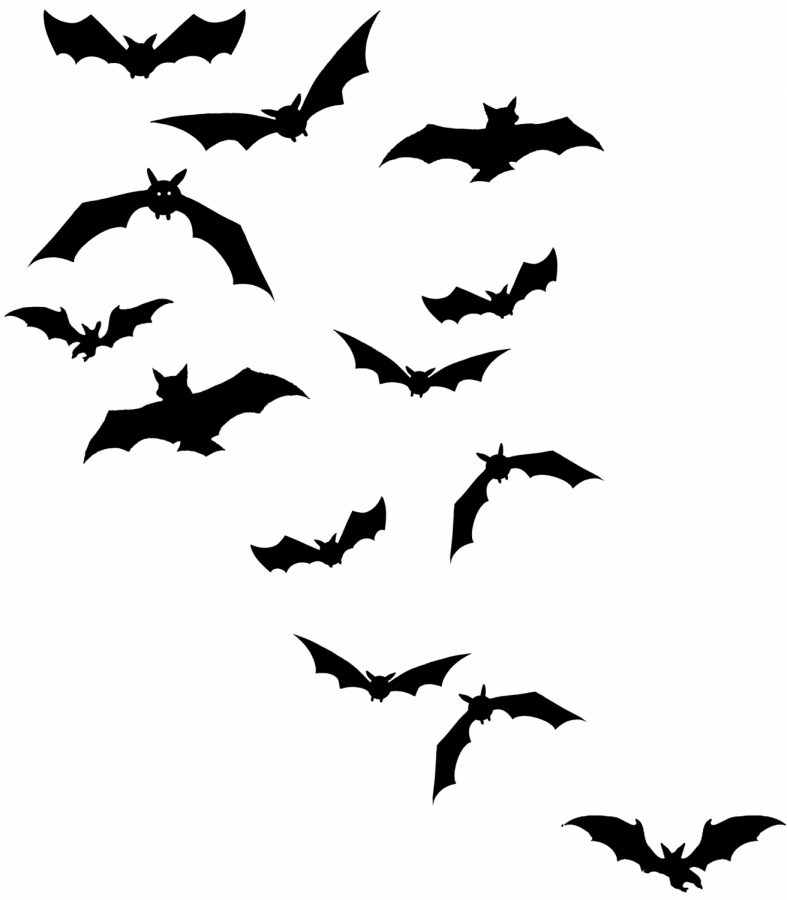Bats at Halloween: Setting the Record Straight
Ah, Halloween. It’s finally here. You can practically envision the cute pumpkins and the horrors of ghosts, goblins, vampires, bats… wait… bats? Hold on! Why do bats come to mind when thinking about the creepy and hair-raising aspects of Halloween?
There’s no doubt that the culprits are the books, movies, and Halloween decor that make bats out to be villains of the night. The rampant use of bats to evoke fear that has perpetuated through generations in popular culture becoming engrained in our consciousness that bats are scary and vile. Yet all these charges are completely unjust and could not be further from the truth. Bats are vital to ecosystems around the world, enriching our earth through their invaluable roles as pollinators and pest-containment operatives.
Firstly, bats are not the blood suckers that Hollywood makes them out to be. They are harmless and vital to ecosystems around the world, enriching our earth through their invaluable roles as pollinators and pest-containment operatives. Only one of the 32 species of bats in North America, the unjustly named “vampire bat”, who actually feeds on tiny draws of blood from cows or horses. These large mammals hardly feel a thing during this small transaction. If anything, bats are taking care of the real bloodsuckers, mosquitoes.
Bats consume enormous quantities of mosquitoes, serving as one of their leading predators, thus reducing malaria outbreaks and other scourges. According to Bat Conservation International, the little brown bat, one of the most common species of bats in North America, can catch and eat up to 1,000 mosquitoes in a single hour. Additionally, insectivorous bats serve as pest controllers, keeping bugs away from crops and minimizing the need for farmers to use toxic pesticides that invariably end up in our food and water. Throughout the United States, scientists estimate that bats are worth more than $3.7 billion a year in reduced crop damage and pesticide use.
The birds and the bees may be the pollinators of the day, but bats get to work as soon as dusk falls. These nocturnal animals feast on fruit, aiding plant reproduction processes and spreading seeds for further growth through post-digestion dispersal. These seeds drop to the ground with dung, a natural fertilizer, and are ready to germinate. Furthermore, certain species of plants have nocturnal flowers that open exclusively at night, so they depend on the bats’ invaluable pollination service. According to the Bat Conservation Trust, over 500 species of plants rely on bats to pollinate their flowers. Some of these plants include mangos, bananas, guava, and cacao. So next time you take a bite of chocolate, give thanks to the bats!
The bad news is that bats around the world are severely threatened by loss of habitat and food supplies, and human activities. Developments and deforestation destroy their roosts. The ensuing decline in population of bats causes farmers to increase their usage of pesticides, and the insectivorous bats lose their only food source. Bat survival is also threatened by human disturbances during winter hibernation periods. When people enter a cave, fooling around deliberately or otherwise, they can seriously disturb a sleeping or nursing colony of bats. Woken bats are forced to fly and, unable to resume sleep, can exhaust their finite fat stores, starving before spring arrives. And the wrong portrayal of bats in popular culture isn’t helping; bats are targeted for recreational shooting as people are oblivious to the good that these animals provide.
Bats are so beneficial to the earth’s health, what can we do to help them? First we correct the misconceptions about them, and then spread awareness about their benefits. Secondly, we can protect their existing habitats. Forest conservation efforts not only save the trees but also the animals that reside within. Another measure is to create new homes for bats. Bat houses are inexpensive and can be easily installed in many fields, woods, and back yards, and are starting to appear in many vineyards. Each small bat house can shelter dozens or even hundreds of bats as they tend to pack in to keep warm.
Now, whether it’s Halloween or you are simply watching a horror movie that portrays these animals in sinister light, remember that vilifying bats harms their survival. Do what you can to stop perpetuating bat’s awful stigma and break this vicious cycle. People fear what they don’t know, so do encourage them to find out the real facts about bats.












